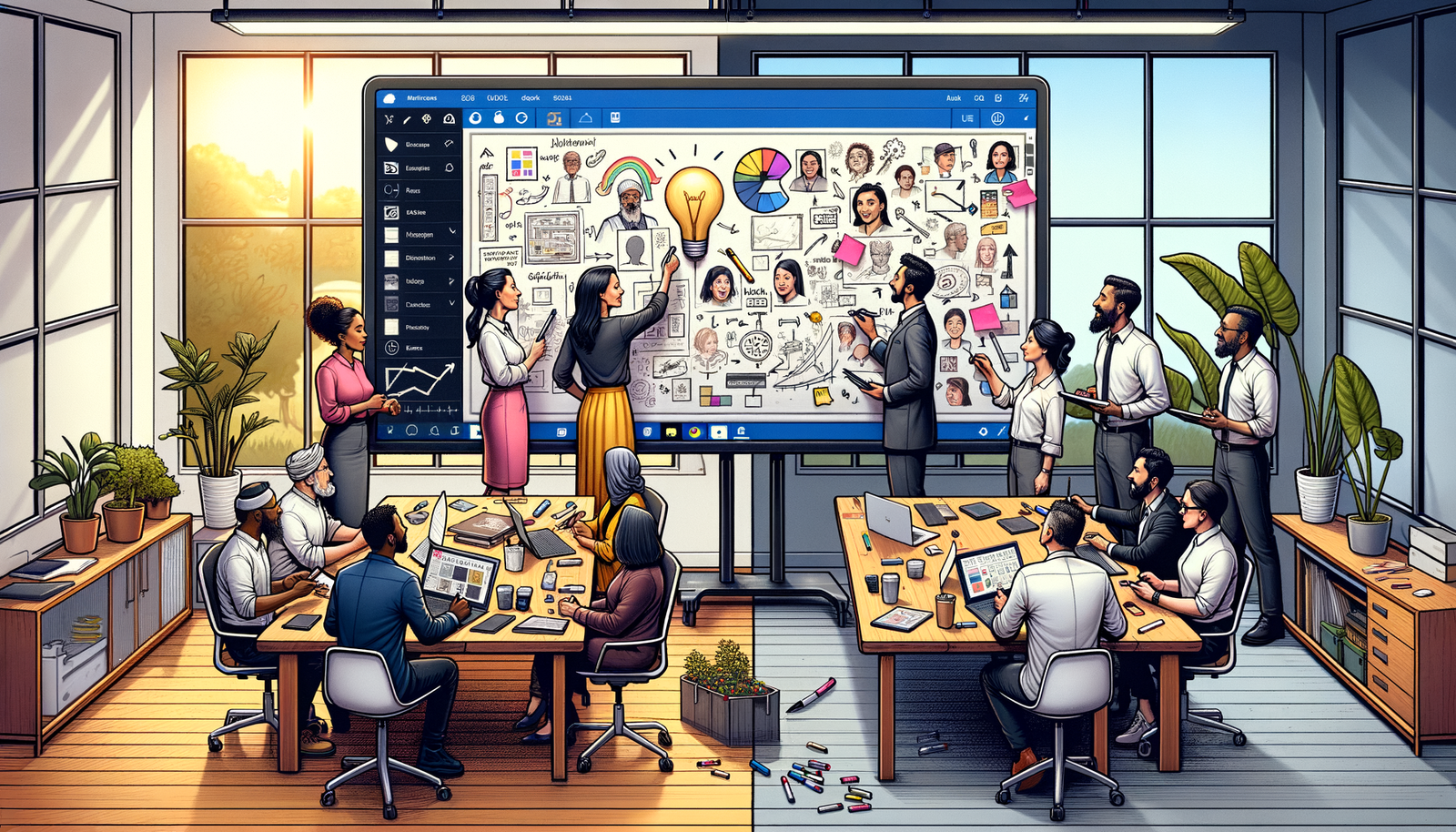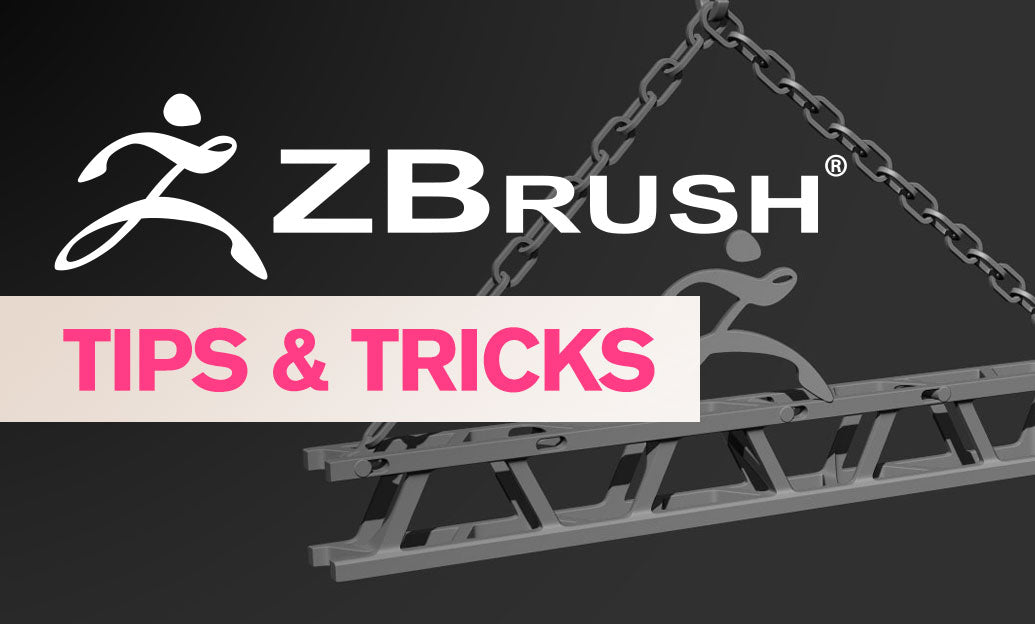Your Cart is Empty
Customer Testimonials
-
"Great customer service. The folks at Novedge were super helpful in navigating a somewhat complicated order including software upgrades and serial numbers in various stages of inactivity. They were friendly and helpful throughout the process.."
Ruben Ruckmark
"Quick & very helpful. We have been using Novedge for years and are very happy with their quick service when we need to make a purchase and excellent support resolving any issues."
Will Woodson
"Scott is the best. He reminds me about subscriptions dates, guides me in the correct direction for updates. He always responds promptly to me. He is literally the reason I continue to work with Novedge and will do so in the future."
Edward Mchugh
"Calvin Lok is “the man”. After my purchase of Sketchup 2021, he called me and provided step-by-step instructions to ease me through difficulties I was having with the setup of my new software."
Mike Borzage
Design Software History: The Evolution of Collaborative Design: From Traditional Whiteboards to Digital Platforms like Miro
October 15, 2024 6 min read


Introduction
In today's rapidly evolving digital landscape, collaborative design has emerged as a cornerstone in various industries, ranging from architecture and product development to education and beyond. The ability for teams to work together seamlessly, sharing ideas and iterating designs in real-time, has become essential in fostering innovation and staying competitive. As the nature of work shifts towards more interconnected and remote environments, tools that facilitate this level of collaboration are increasingly indispensable. Among these tools, digital whiteboards like Miro have revolutionized the way teams conceptualize, design, and execute projects collectively.
Miro, a leading platform in the realm of digital collaboration, provides an interactive canvas that transcends the limitations of physical space. By enabling real-time interaction and integration with a multitude of other design software, Miro has positioned itself as a pivotal tool for teams aiming to enhance their productivity and creativity. The platform's ability to simulate the experience of a physical whiteboard while offering the expansive possibilities of digital technology exemplifies the significant strides made in collaborative design tools. Understanding the evolution of such tools and their impact on various sectors highlights the importance of embracing these technologies in our increasingly digital world.
Historical Context
The journey of collaborative design tools traces back to traditional methods where physical whiteboards, paper sketches, and in-person meetings were the norms for brainstorming and planning. In the pre-digital era, these tools were the backbone of team collaboration, facilitating face-to-face interactions that allowed for immediate feedback and collective input. However, they were inherently limited by geographical constraints and the inability to easily preserve and share iterative changes over time. As businesses expanded globally and teams became more distributed, the need for more sophisticated collaboration tools became evident.
The advent of digital technology in the late 20th century marked a significant shift in collaborative practices. Early computer-aided design (CAD) software like AutoCAD, introduced by Autodesk in 1982, began transforming how designers and engineers approached their work. While these tools greatly enhanced individual productivity and precision, they initially lacked robust features for real-time collaboration. The rise of the internet in the 1990s opened new possibilities, leading to the development of online platforms that could support asynchronous collaboration through file sharing and communication tools like email and forums.
Entering the 21st century, the proliferation of high-speed internet and advancements in software development set the stage for more interactive and synchronous collaboration platforms. Key milestones during this period include the launch of Google Docs in 2006, which introduced real-time collaborative editing of documents, and Slack in 2013, which redefined team communication. In the realm of design-specific tools, applications like Figma, founded in 2012 by Dylan Field and Evan Wallace, brought forward collaborative interface design capabilities directly in the browser, allowing multiple users to work on the same design file simultaneously.
Amidst this landscape, Miro was introduced in 2011, originally under the name RealtimeBoard, by founders Andrey Khusid and Oleg Shardin. Recognizing the limitations of traditional whiteboards and the fragmented nature of digital tools, they aimed to create a platform that combined the intuitive nature of physical whiteboards with the flexibility and reach of digital technology. Miro's launch marked a significant advancement in digital collaboration, providing a virtual canvas that supported real-time interaction, visual mapping, and integration with other tools. The platform quickly gained traction, particularly among distributed teams seeking a more cohesive way to collaborate visually.
Subsequent advancements saw Miro expanding its functionalities, integrating with popular project management and design tools such as Jira, Trello, and Sketch. The rebranding from RealtimeBoard to Miro in 2019 signified the company's growth and its broader vision to become a central hub for collaborative work. This period also saw the rise of other digital whiteboard solutions, reflecting a growing recognition of the importance of visual collaboration tools in the modern workspace. Companies like Microsoft introduced Whiteboard, and startups such as Mural entered the scene, each bringing unique features to support team collaboration.
The evolution of collaborative design tools has been deeply influenced by technological advancements and changing work dynamics. The increasing shift towards remote and hybrid work models, especially accentuated by global events such as the COVID-19 pandemic, has further accelerated the adoption of digital collaboration platforms. Tools like Miro have become essential in bridging the gap created by physical distances, enabling teams to maintain productivity and foster innovation regardless of their geographical locations. This historical trajectory underscores the critical role that collaborative design tools have played and continue to play in shaping the way we work.
Applications and Impact
The advent of digital whiteboards like Miro has significantly transformed collaborative design processes across various industries. One of the most profound impacts is the enhancement of real-time collaboration. Teams can now interact on a shared platform, contributing ideas, making changes, and providing feedback instantaneously. This immediate interaction fosters a more dynamic and engaging environment, mirroring the spontaneity of in-person meetings while offering the added benefits of digital tools. Features such as live cursors, commenting, and version control ensure that all team members are aligned and that ideas are captured and evolved collectively.
Another critical aspect of Miro's impact is its ability to integrate seamlessly with other design software and tools. Integration capabilities with applications like Adobe Creative Suite, Sketch, and project management platforms allow for a more streamlined workflow. Designers and team members can import and export assets without the need to switch between disparate systems, thereby reducing friction and enhancing efficiency. This interconnected ecosystem supports the creation of more cohesive and comprehensive projects, as teams can leverage the strengths of multiple tools within a single collaborative space.
The benefits of utilizing digital whiteboards extend beyond mere convenience. They play a pivotal role in boosting productivity, creativity, and communication among team members. By providing a central hub for ideas and resources, teams can avoid the pitfalls of miscommunication and duplicated efforts. The visual nature of platforms like Miro encourages creative thinking, allowing for brainstorming sessions, mind mapping, and the use of visual aids that can inspire innovative solutions. Additionally, the ability to record and revisit sessions ensures that valuable insights are preserved and can be referenced or built upon in future iterations.
- Enhanced Accessibility: Team members across different time zones and locations can access the collaborative space at any time, ensuring continuous progress.
- Customization and Flexibility: The platform allows for customizable templates and tools that can be tailored to specific project needs or industry requirements.
In industries such as architecture and product design, the ability to visualize concepts collectively is crucial. Miro facilitates this by allowing for the integration of detailed schematics, 3D models, and interactive prototypes. Teams can annotate designs, suggest modifications, and make decisions collaboratively, thereby reducing the time from conception to implementation. In the educational sector, digital whiteboards have become invaluable in virtual classrooms, enabling instructors to engage students through interactive lessons and collaborative projects. The visual and interactive elements cater to diverse learning styles and foster a more engaging educational experience.
Future Trends and Conclusion
Looking ahead, the future of collaborative design tools is poised to be shaped by advancements in AI and machine learning integrations. These technologies have the potential to enhance predictive capabilities, automate routine tasks, and provide intelligent suggestions that can accelerate the design process. For instance, AI-driven features could analyze team inputs to propose optimized design solutions or identify potential issues early in the development cycle. Machine learning algorithms could personalize the user experience by adapting tools and interfaces to individual user behaviors and preferences.
The evolution of remote collaboration is also expected to continue, especially as organizations adopt hybrid work environments that blend in-office and remote work. In this context, platforms like Miro will play an even more critical role in ensuring seamless communication and collaboration. The integration of emerging technologies such as virtual reality (VR) and augmented reality (AR) could offer more immersive collaborative experiences, allowing team members to interact with 3D models and environments as if they were physically present together. This could revolutionize fields that rely heavily on spatial design and visualization.
Moreover, there is a growing emphasis on enhancing security and data privacy within collaborative tools. As more sensitive information is shared across platforms, the implementation of robust security measures will be paramount. Future developments may include advanced encryption methods, enhanced user authentication processes, and compliance with global data protection regulations.
In conclusion, the importance of collaborative design and digital tools like Miro cannot be overstated in fostering innovation and enhancing teamwork. By providing platforms that enable seamless collaboration, these tools have significantly improved design outcomes and operational efficiency across various industries. As we move further into an increasingly digital world, embracing these technologies will be essential for organizations seeking to stay competitive and adaptive to changing work dynamics. The continued evolution of collaborative design tools promises to unlock new possibilities, driving creativity and productivity to new heights.
Also in Design News

Cinema 4D Tip: Lock Framing Early with Cinema 4D Safe Frames and Aspect Overlays
October 30, 2025 2 min read
Read More
ZBrush Tip: Conservative Projection Workflow for Artifact-Free Detail Transfer
October 30, 2025 2 min read
Read More
V-Ray Tip: Bake Static GI into Lightmaps for Real-Time Engines
October 30, 2025 2 min read
Read MoreSubscribe
Sign up to get the latest on sales, new releases and more …


